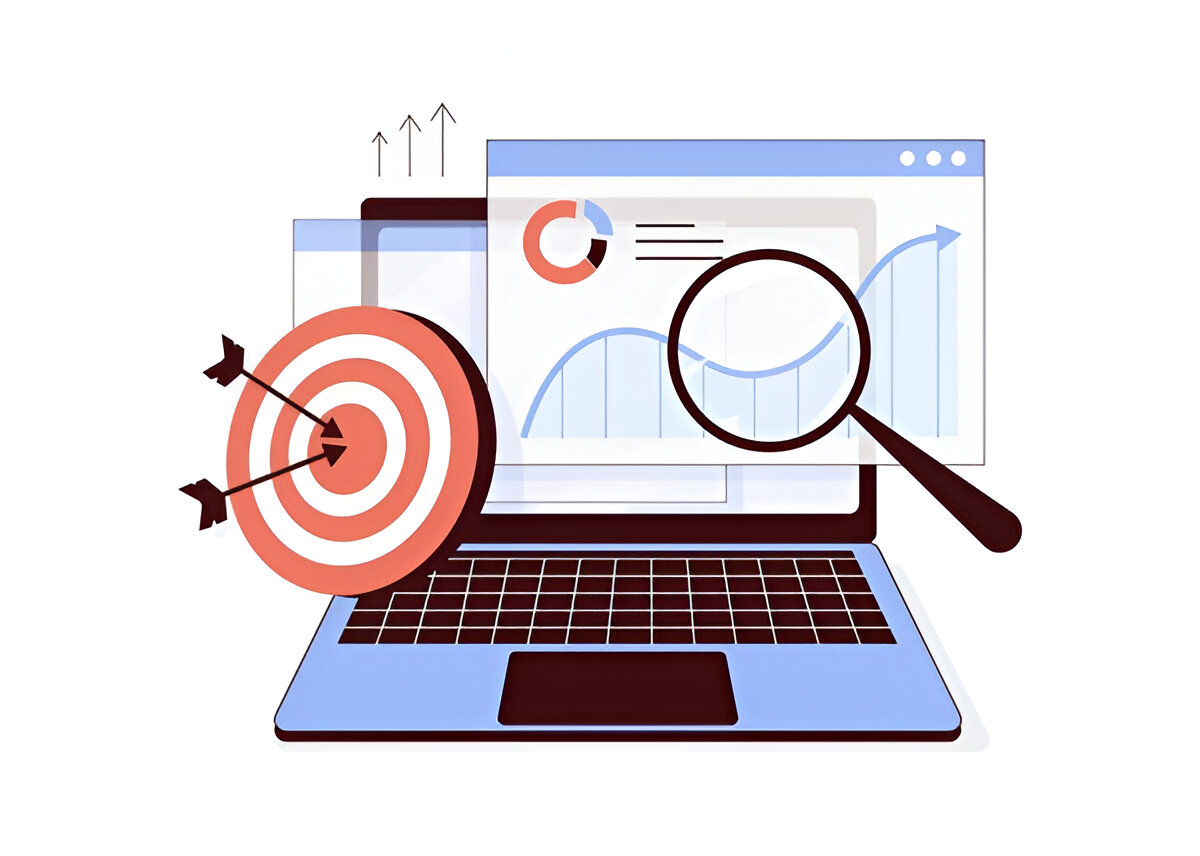The traditional “spray and pray” approach to marketing is dying. Consumers block ads, ignore cold calls, and unsubscribe from generic email blasts faster than ever. Smart businesses are shifting to inbound marketing—a methodology that attracts customers naturally by providing genuine value.
Unlike outbound marketing that interrupts people with messages they don’t want, inbound marketing draws prospects to your business through helpful content and meaningful interactions. This customer-centric approach transforms strangers into loyal advocates by addressing their needs at every stage of the buyer’s journey.
What is Inbound Marketing Methodology?

Inbound marketing methodology is a strategic framework that focuses on attracting customers through valuable content and experiences tailored to their specific needs. Rather than pushing your message onto prospects, you pull them toward your business by becoming a trusted resource.
The methodology operates on a simple principle: help first, sell second. By consistently delivering value through educational content, personalized experiences, and genuine relationship-building, you naturally earn the attention and trust of potential customers.
This approach generates three times more leads than traditional outbound marketing while costing 62% less per lead. More importantly, inbound leads convert at higher rates because they arrive already interested in what you offer.
The Four Phases of Inbound Marketing Methodology
Phase 1: Attract
The attract phase transforms your business into a magnet for your ideal customers. Instead of chasing prospects, you create valuable content that draws them to you when they’re actively seeking solutions.
Key Strategies:
Content Creation: Develop blog posts, videos, infographics, and podcasts that address your audience’s pain points and questions. Focus on educational content rather than promotional material.
Search Engine Optimization: Optimize your content for keywords your prospects use when searching for solutions. This ensures your valuable resources appear when people need them most.
Social Media Marketing: Share your content across relevant social platforms where your audience spends time. Engage in conversations and provide helpful insights without being pushy.
Pay-Per-Click Advertising: Use targeted ads to amplify your best content and reach prospects who haven’t discovered you organically yet.
The attract phase succeeds when you consistently publish content that genuinely helps your target audience solve problems or achieve goals.
Phase 2: Convert
Converting visitors into leads requires offering something valuable in exchange for their contact information. This phase transforms anonymous website traffic into identifiable prospects you can nurture.
Essential Conversion Tools:
Landing Pages: Create focused pages that highlight specific offers without navigation distractions. Each landing page should address one clear value proposition.
Lead Magnets: Offer valuable resources like ebooks, templates, checklists, or webinars that provide immediate value to prospects. The key is ensuring your offer directly relates to your visitors’ interests.
Forms: Design forms that capture essential information without overwhelming prospects. Start with minimal fields and gradually request more details as trust builds.
Calls-to-Action (CTAs): Place compelling CTAs throughout your website and content that clearly communicate the value of your offers.
Successful conversion happens when your offers provide enough value that prospects willingly share their contact information to access them.
Phase 3: Close
The close phase nurtures leads through personalized experiences until they’re ready to become customers. This stage requires understanding where each prospect stands in their buying journey.
Lead Nurturing Tactics:
Email Marketing: Develop automated email sequences that deliver relevant content based on prospect behavior and interests. Personalization significantly improves engagement rates.
Lead Scoring: Implement systems that rank leads based on their actions and characteristics. This helps your sales team prioritize follow-up efforts on the most qualified prospects.
Marketing Automation: Use technology to deliver the right message to the right person at the right time. Automated workflows can nurture hundreds of leads simultaneously.
Sales Alignment: Ensure your marketing and sales teams work together seamlessly. Clear handoff processes and shared goals improve conversion rates.
The close phase works when you provide prospects with exactly the information they need to make confident purchasing decisions.
Phase 4: Delight
Delighting customers extends far beyond the initial sale. This phase transforms satisfied customers into enthusiastic promoters who refer new business and provide valuable feedback.
Customer Delight Strategies:
Exceptional Support: Provide helpful, timely support that exceeds expectations. Proactive communication prevents small issues from becoming major problems.
Continued Education: Offer ongoing training, tips, and resources that help customers maximize value from their purchase. This reduces churn and increases satisfaction.
Feedback Collection: Regularly survey customers to understand their experience and identify improvement opportunities. Act on this feedback to demonstrate you value their input.
Referral Programs: Make it easy for happy customers to refer others by providing clear incentives and simple sharing mechanisms.
Customer delight creates a flywheel effect where satisfied customers become your most effective marketing channel.
Implementing the Inbound Marketing Methodology

Start with Buyer Personas
Before creating content or campaigns, develop detailed buyer personas that represent your ideal customers. Understanding their challenges, goals, and preferences guides every strategic decision.
Research your existing customers through surveys, interviews, and data analysis. Identify common characteristics, pain points, and buying behaviors that inform your approach.
Map Content to the Buyer’s Journey
Create content that addresses prospects’ needs at each stage of their journey:
Awareness Stage: Educational content that helps prospects identify and understand their challenges.
Consideration Stage: Comparison guides and solution-focused content that help prospects evaluate options.
Decision Stage: Case studies, demos, and detailed product information that support purchase decisions.
Measure and Optimize Continuously
Track key metrics at each phase of your methodology:
- Attract: Website traffic, organic search rankings, social media engagement
- Convert: Conversion rates, lead quality scores, cost per lead
- Close: Sales qualified leads, customer acquisition cost, sales cycle length
- Delight: Customer satisfaction scores, referral rates, customer lifetime value
Use this data to identify bottlenecks and optimization opportunities throughout your funnel.
Common Inbound Marketing Challenges
Content Creation Consistency: Many businesses struggle to maintain regular content production. Develop editorial calendars and repurpose existing content to stay consistent.
Lead Quality Issues: High lead volumes don’t always translate to sales. Focus on attracting qualified prospects through targeted content rather than casting too wide a net.
Long Sales Cycles: Inbound marketing builds trust over time, which can extend sales cycles. Set appropriate expectations and maintain consistent nurturing efforts.
Attribution Difficulties: Multiple touchpoints make it challenging to track ROI accurately. Implement proper tracking systems and focus on overall funnel performance.
Building Your Inbound Marketing Foundation
Success with inbound marketing methodology requires commitment to providing genuine value at every interaction. Start by auditing your current marketing efforts against the four phases, identifying gaps and opportunities.
Remember that inbound marketing is a long-term strategy. While you may see some quick wins, the compounding effects of consistent, valuable content creation take time to fully materialize.
Focus on understanding your customers deeply, creating genuinely helpful content, and measuring what matters. The businesses that master inbound marketing methodology build sustainable competitive advantages that compound over time.
Begin implementing these principles today, and you’ll transform your marketing from an expense center into a profit-generating engine that attracts, converts, and delights customers at scale.




